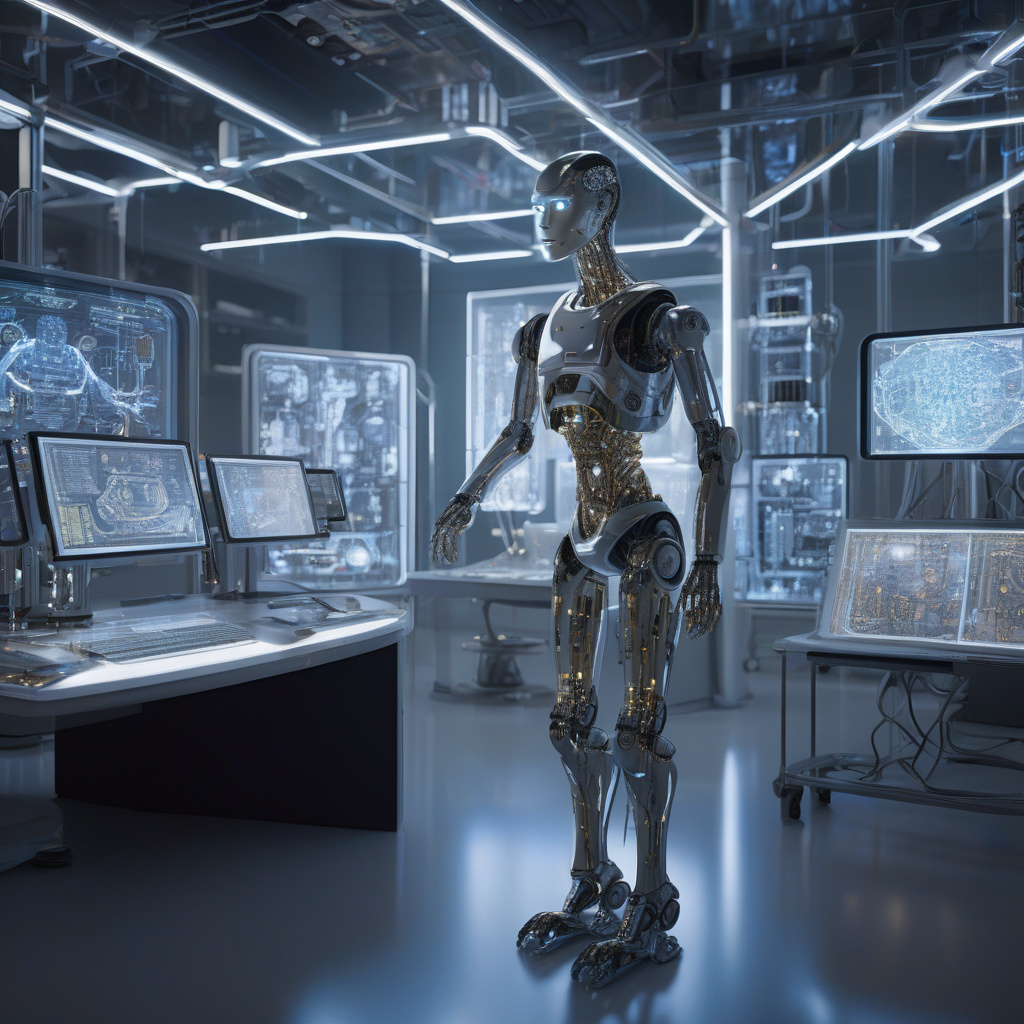AI Doesn’t Think. Here’s How It Learns — And Why That’s a Problem
Imagine you’re taking a history exam for a class you barely studied. You didn’t have time to read all the chapters, but you skimmed through a summary. As you sit down with the exam paper in front of you, you start to panic. What if the questions are nothing like what you reviewed? What if you can’t remember anything?
This scenario is similar to how artificial intelligence (AI) operates. AI doesn’t “think” in the way humans do, but it learns from the data it’s fed. Just like the student who crammed before the test, AI algorithms are designed to process vast amounts of information quickly. However, the way AI learns can be problematic, leading to biases, errors, and ethical concerns.
One of the primary methods through which AI learns is through a process called machine learning. This involves training algorithms on large datasets to identify patterns and make predictions. For example, a machine learning algorithm can be fed thousands of images of cats to learn how to recognize a cat in a new image.
While this may seem straightforward, the way AI learns is not foolproof. Bias in AI systems is a well-documented issue. If the training data is biased, the AI algorithm will learn and perpetuate those biases. For instance, if a facial recognition system is trained predominantly on data from one demographic group, it may not accurately identify individuals from other groups.
Moreover, AI lacks common sense and contextual understanding. It can make errors when faced with situations outside the scope of its training data. Just like the student who only skimmed through the history book, AI may struggle to perform accurately on tasks it wasn’t specifically trained for.
Another concern is the opacity of AI decision-making. Unlike humans, AI algorithms can’t explain why they reached a certain conclusion. This lack of transparency raises ethical questions, especially in critical applications like healthcare and criminal justice. If an AI system makes a wrong diagnosis or sentencing recommendation, who is accountable?
To address these challenges, researchers are exploring ways to make AI more transparent, fair, and accountable. Techniques like explainable AI aim to provide insights into how algorithms reach decisions. By opening up the “black box” of AI, researchers hope to improve trust and mitigate bias.
Additionally, efforts are underway to diversify AI datasets and involve multidisciplinary teams in AI development. By including voices from different backgrounds, we can create more inclusive and ethical AI systems that benefit society as a whole.
In conclusion, while AI doesn’t think like humans, how it learns is crucial to its performance and impact. By understanding the limitations of AI and working towards more transparent and unbiased systems, we can harness the power of AI for good, ensuring that it serves us ethically and responsibly.
ethics, artificialintelligence, machinelearning, transparency, bias












